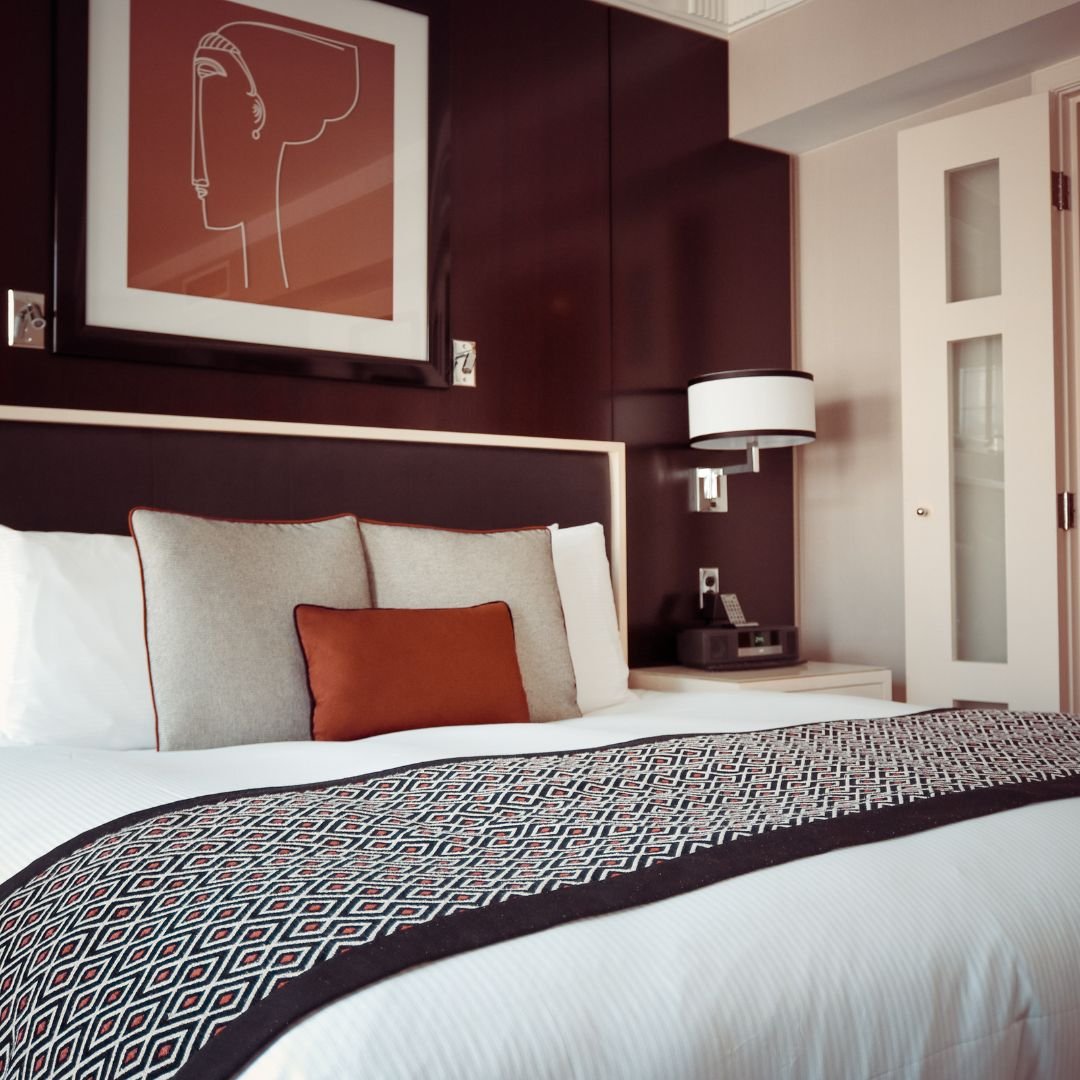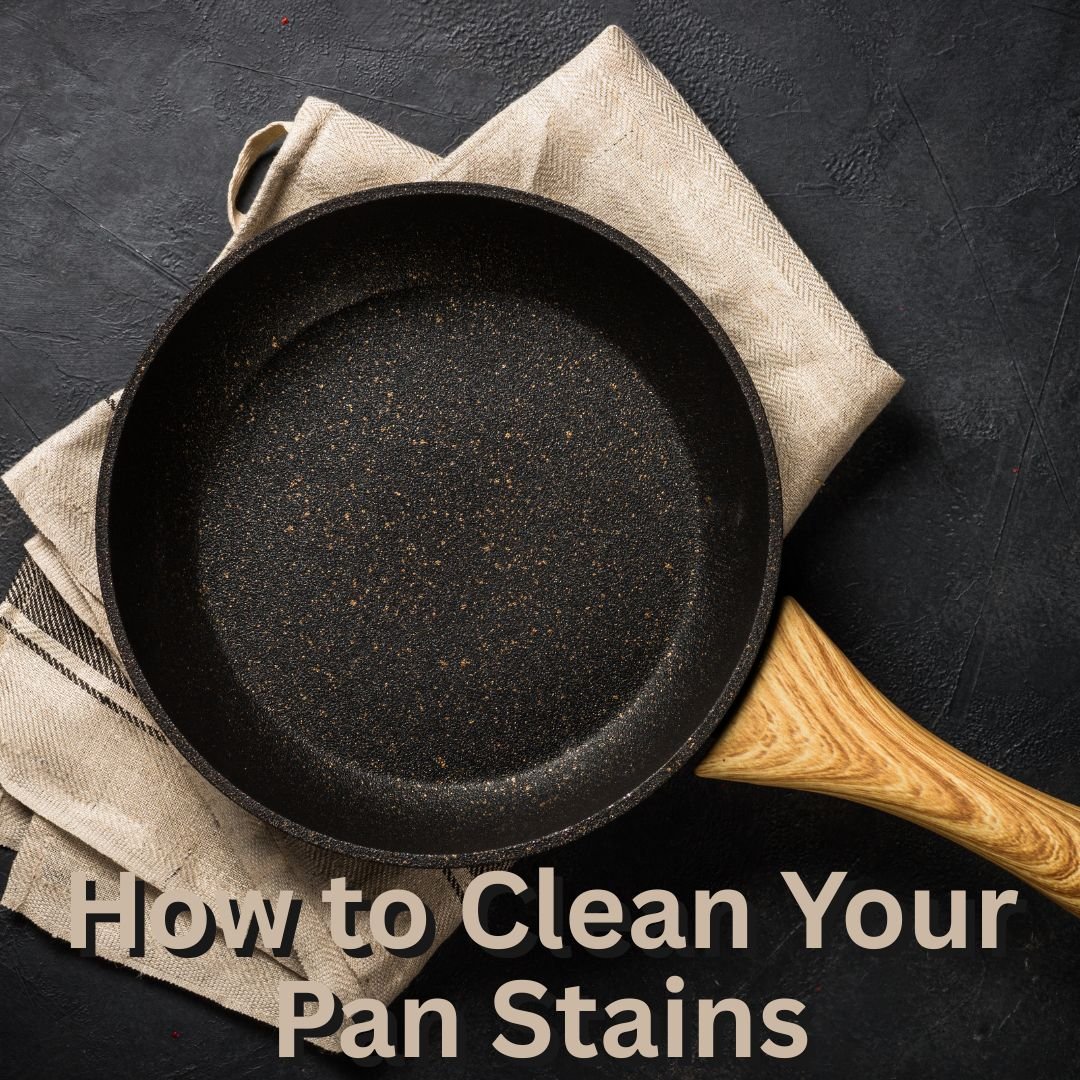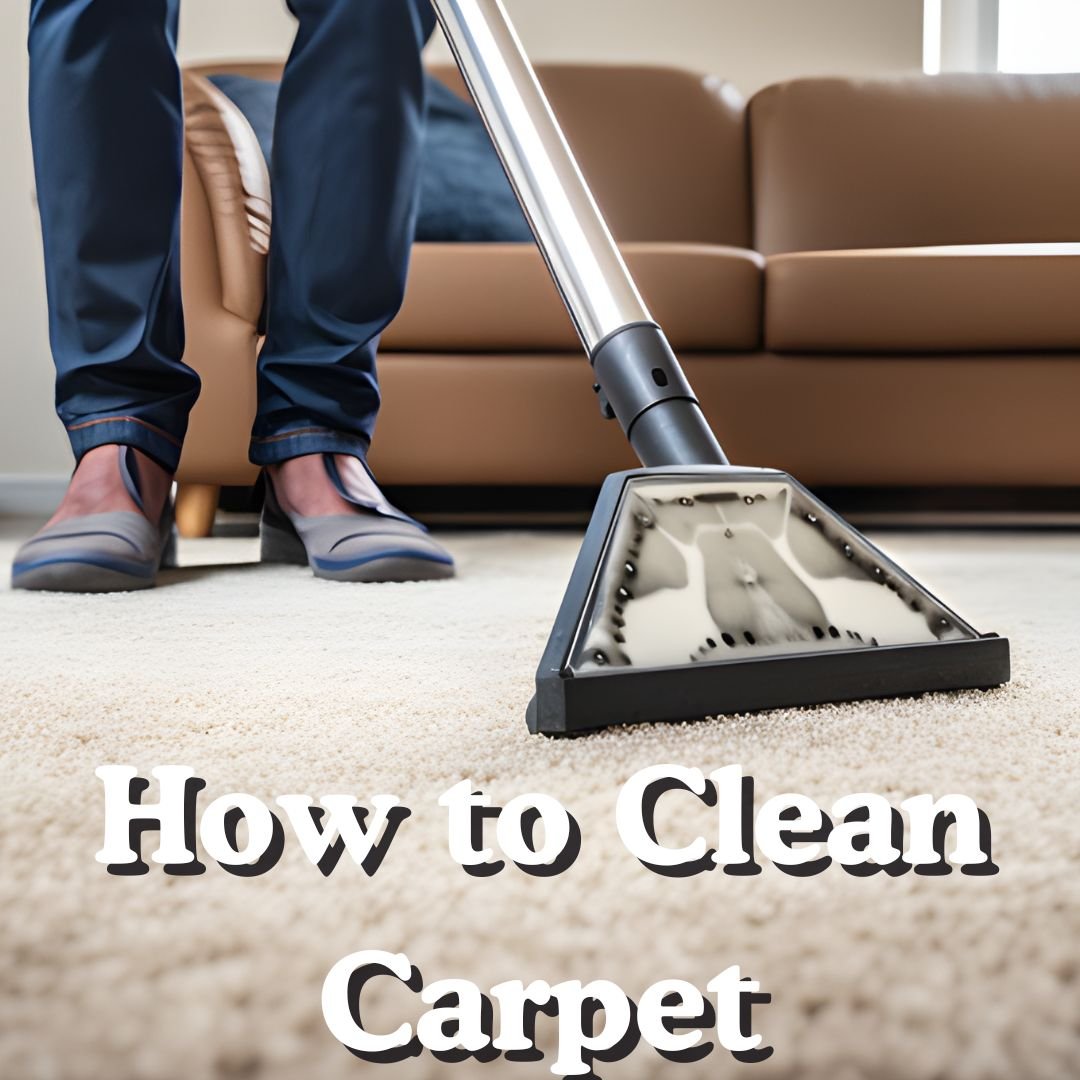Learn practical, step-by-step strategies for how to clean your room fast.
This guide gives a timed, no-fuss plan, a materials checklist, and clever speed-cleaning tips so you can have a tidy room in minutes — without missing any important spots.

Introduction
If you need to know how to clean your room fast, this guide is for you.
Whether guests are arriving, you’re racing to finish before work, or you simply want a quick reset, speed cleaning isn’t about skipping tasks — it’s about smart sequencing, focused action, and the right tools.
Follow these ordered steps and you’ll turn chaos into calm with energy to spare.
What you need (materials & quick kit)
Prepare a small cleaning kit so you don’t waste time hunting for supplies:
Laundry basket or hamper
Trash bag (large)
2 microfiber cloths (dry and slightly damp)
Multi-surface spray or all-purpose cleaner
Broom or lightweight vacuum (handheld works great)
Duster or extendable dusting wand
Box or bin for “put away later” items
A timer or phone (set short sprints)
Keep this kit near your door or tucked under a shelf so it’s ready when you are.
Step-by-step fast-clean plan (do these in order)
Step 1 — Set a timer & pick a target (2 minutes)
Start by choosing a realistic time block (15, 20, or 30 minutes). Setting the timer creates urgency and keeps you focused. Decide what “clean” means for this session (guest-ready, floor-only, or full-surface wipe).
Tip: Use short sprints—15 minutes is ideal for a noticeable change without burnout.
Step 2 — Declutter surfaces into three bins (3–5 minutes)
Grab your laundry basket, trash bag, and “put away later” box. Quickly scan surfaces (floor, bed, desk, dresser) and sort items:
Dirty clothes → laundry basket
Trash (wrappers, receipts) → trash bag
Things belonging elsewhere → “put away later” box
Tip: Don’t linger on decisions. If an item’s home isn’t obvious, toss it in the “put away later” box to deal with afterward.
Step 3 — Make the bed immediately (2 minutes)
A made bed instantly makes a room look tidier. Smooth sheets, fluff pillows, and pull a throw over the foot of the bed.
Tip: Use a quick “hospital corner” or just straighten the top sheet and blanket—visual neatness is the goal.
Step 4 — Wipe high-impact surfaces (3 minutes)
Using a microfiber cloth and all-purpose spray, wipe the dresser top, nightstand, desk, and any visible shelves. Focus on fingerprints, spills, and cluttered displays.
Tip: Work top-to-bottom so dust falls to the floor and won’t resettle on cleaned surfaces.
Step 5 — Speed-dust & clear electronics (2 minutes)
Use a duster or cloth to sweep visible dust from lamps, shelves, and TV/monitor screens. Remove crumbs and fingerprints from remote controls and keyboards.
Tip: For screens, lightly dampen the cloth (no sprays directly on screens) and use circular motions to avoid streaks.
Step 6 — Quick vacuum or sweep the floor (3–5 minutes)
Use a lightweight vacuum or broom to clean the visible floor area. Move small furniture if needed for quick access to hidden dust.
Tip: Focus on traffic zones and under the bed’s front edge — these make the biggest visual difference.
Step 7 — Empty trash and put laundry in place (1–2 minutes)
Tie the trash bag and take it to the bin outside the room. Put the laundry basket near the door or into the laundry room so dirty clothes aren’t looming in the space.
Tip: If you’re short on time, place a small basket for clean-but-unfolded clothes to deal with later—this keeps floors clear.
Step 8 — Quick organization sprint for visible items (3 minutes)
Open the “put away later” box and return only the items that can be put in one motion—books to shelf, dishes to kitchen, chargers to desk drawer. Leave any complex sorting for a follow-up session.
Tip: Group similar items as you go (electronics, mail, accessories) to speed the return process.
Step 9 — Final touch: scent and light (1 minute)
Replace trash liners if needed, light a candle or spritz a fabric freshener, and open a window or switch on warm lamps for an inviting atmosphere.
Tip: A folded throw and two arranged pillows can finish the look faster than deep cleaning.
Step 10 — Quick follow-up checklist (1 minute)
Before you stop the timer, glance over the room and check three things: cleared surfaces, visible floor, and made bed. If any of those need a two-minute touch-up, do it now.
Tip: This “three-look” check ensures the room appears consistently tidy, even if not every drawer is perfect.
What each step allows you to do (unique benefits)
Timer & target: Converts cleaning into a manageable sprint and boosts motivation.
Declutter into bins: Immediately reduces visual chaos so you can clean faster.
Make the bed: Creates an instant sense of order and a focal point.
Wipe surfaces: Removes grime that makes a room look uncared-for.
Dust electronics: Prevents grime build-up and improves the room’s brightness.
Vacuum/sweep: Restores the clean-floor effect that signals a tidy room.
Remove trash & laundry: Eliminates the biggest eyesores quickly.
Put away sprint: Restores function by returning items to their homes.
Scent & light: Gives a polished, welcoming finish visible to guests.
Final checklist: Guarantees a consistent result and reduces the need for repeating work.
Things to avoid so your 15-minute clean stays fast
Don’t start deep-cleaning projects (windows, baseboards) during a speed clean.
Avoid decision paralysis—if you can’t decide, use the “later” box.
Don’t move items around without returning them; that just spreads clutter.
Facts about quick cleaning
A made bed alone can change perceived messiness by up to 60% (visual psychology insight).
Short, consistent cleaning sprints reduce overall cleaning time compared to infrequent deep cleans.
Clutter increases stress levels; clearing surfaces has a measurable calming effect.
Advantages of knowing how to clean your room fast
Saves time: A focused routine gives maximum impact in minimal minutes.
Reduces procrastination: Small wins encourage consistent upkeep.
Guest-ready: You can get your room presentable before unexpected visitors arrive.
Less stress: A tidy environment supports better sleep and concentration.
Easier maintenance: Frequent short cleans prevent overwhelming messes in the long run.
Conclusion — Repeat of main topic
If you ever wonder how to clean your room fast, remember: it’s about the order of operations, a simple kit, and focused bursts of activity.
Use this plan as your go-to 15-minute makeover, and your room will look fresh and inviting in no time. Keep practicing the routine and you’ll find that speed cleaning becomes second nature.





